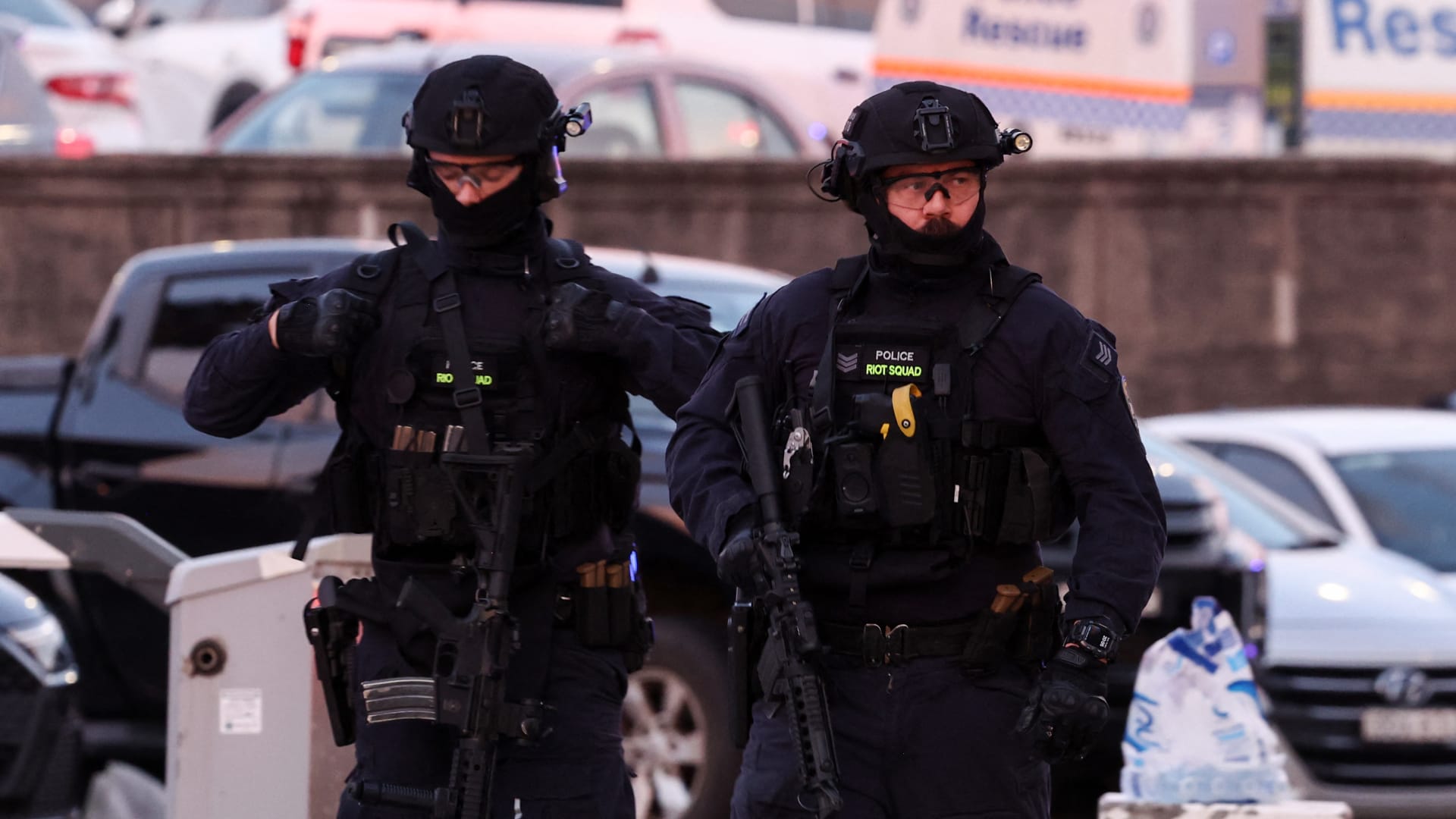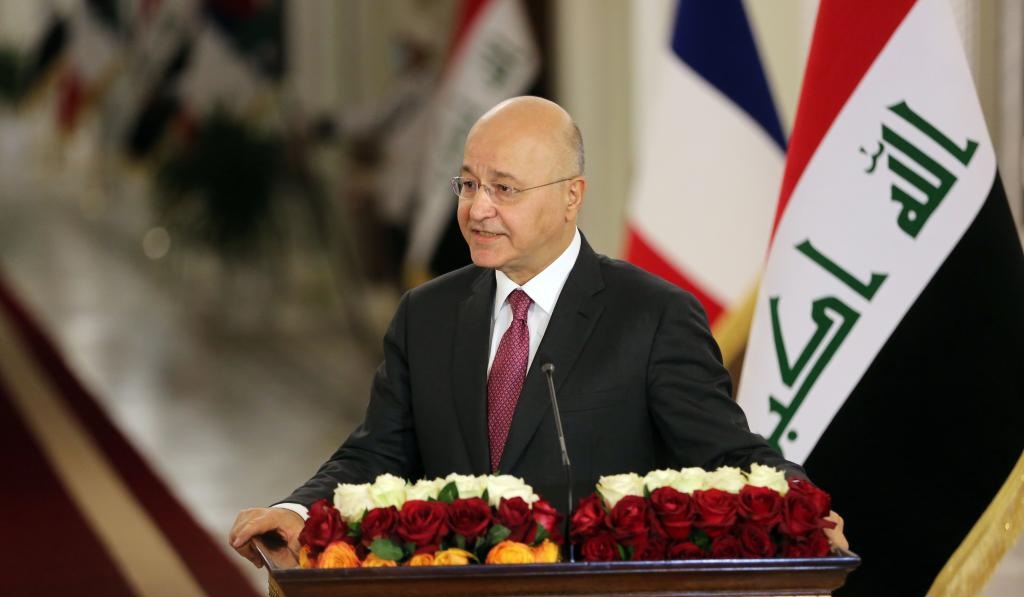Alsharq Tribune - world news
North Korean leader Kim Jong Un has ordered the strengthening of his country's nuclear arsenal this year, while the White House stated that President Donald Trump has plans to fully dismantle it.
What about South Korea's program?
Amid escalating tensions with North Korea in recent years, South Korean President Yoon Suk-yeol indicated in 2023 that, his country might seek to develop its own nuclear arsenal if the North Korean threat continues to grow.
However, he later backtracked, reaffirming his commitment to the U.S. deterrence policy, which is the nuclear umbrella provided by Washington to South Korea.
Another South Korean president, Park Chung-hee, had previously sought to acquire nuclear and missile weapons through a secret program.
The motivation for this was U.S. President Richard Nixon's 1969 policy, which urged his Asian allies to address their own military security issues, excluding nuclear matters.
South Korea's move was driven by a lack of confidence in the "nuclear umbrella" after the U.S. defeat in Vietnam.
In practice, South Korea began its nuclear research as early as the late 1950s. With U.S. assistance, it launched its first research reactor in November 1962 with a capacity of 100 kilowatts.
By 1975, South Korea added similar reactors and, by 1978, completed its first nuclear power plant, based on a U.S. light-water reactor, with a capacity of 587 megawatts.
In 1970, the South Korean government established a special committee for nuclear weapons research, which prepared a long-term plan in 1973 to manufacture nuclear weapons within a decade, with an estimated cost of around $2 billion.
Thus, Seoul began secretly working on uranium enrichment and missile development, with the primary goal of creating a plutonium-based nuclear bomb.
On the other hand, South Korea signed the Nuclear Non-Proliferation Treaty in 1975. Around the same time, the United States discovered Seoul's covert efforts to develop nuclear weapons and pressured it to halt these activities.
South Korea complied, and a nuclear research reactor under development was shut down in 1978, while equipment used for uranium enrichment was dismantled.
South Korea had been secretly working at three facilities to convert natural uranium into metallic form for use in laser-based uranium enrichment experiments.
These experiments continued in South Korea until 2000, and the International Atomic Energy Agency was not informed about these activities.
The International Atomic Energy Agency (IAEA) reported on South Korea's secret uranium enrichment and plutonium separation activities in 2004.
The issue was resolved without being referred to the United Nations Security Council.
Afterward, South Korea shifted its focus to civilian nuclear energy and became one of the leading countries in building nuclear power plants for electricity generation.
These plants currently produce about 30 percent of South Korea's electricity.
Thus, South Korea abandoned its secret military nuclear program and continued to rely on the "U.S. nuclear umbrella."
The United States had deployed nuclear weapons in its military bases on South Korean soil since January 1958.
By 1967, it had approximately 950 nuclear warheads stationed there, and over the next 33 years, Washington deployed 11 types of nuclear weapons in the country.
Although South Korea abandoned its military nuclear program, it remains a major civilian nuclear power.
Due to its significant technological advancement and economic capabilities, experts confirm that it could easily produce nuclear weapons if it wished, within a short timeframe of six months to two years.

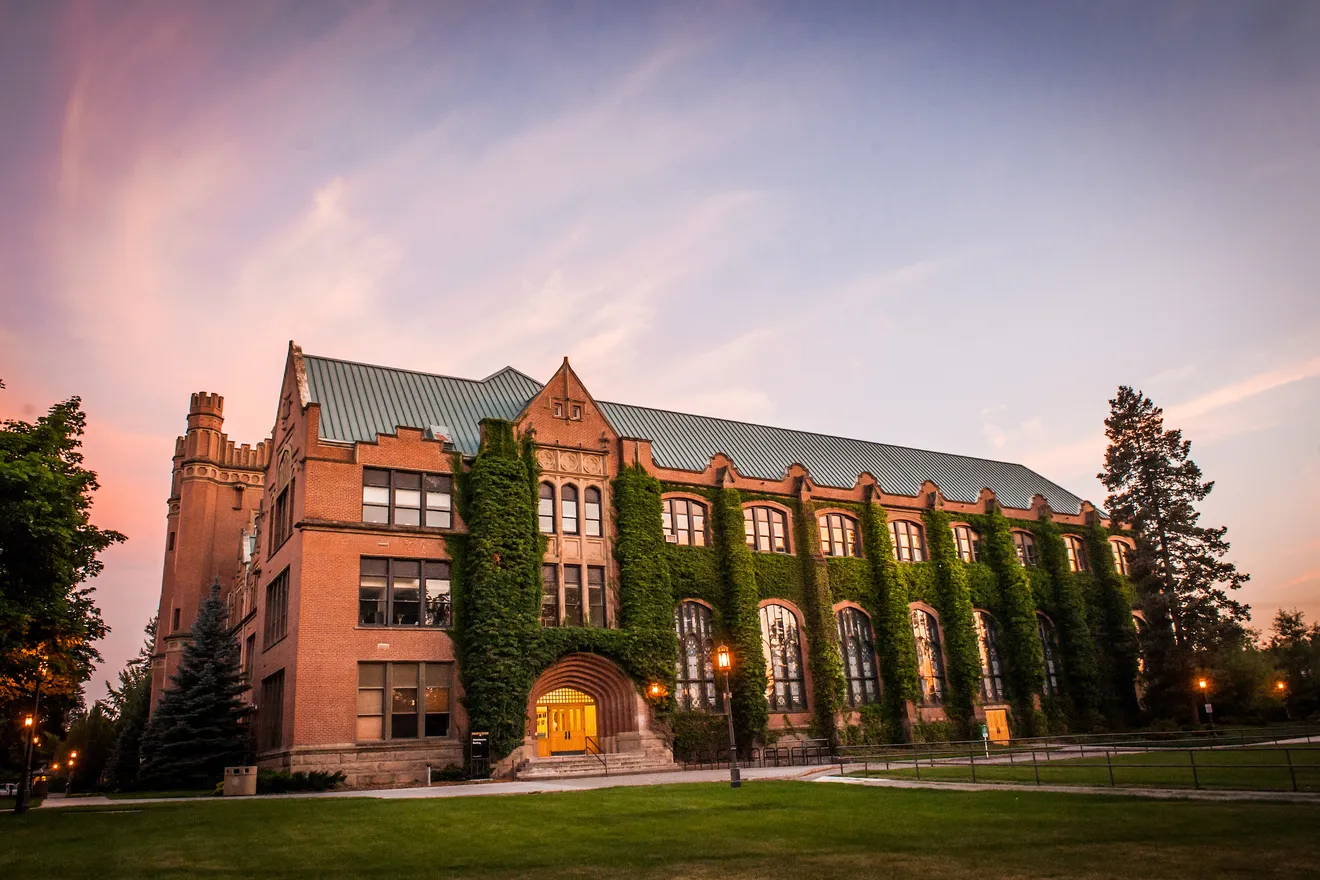
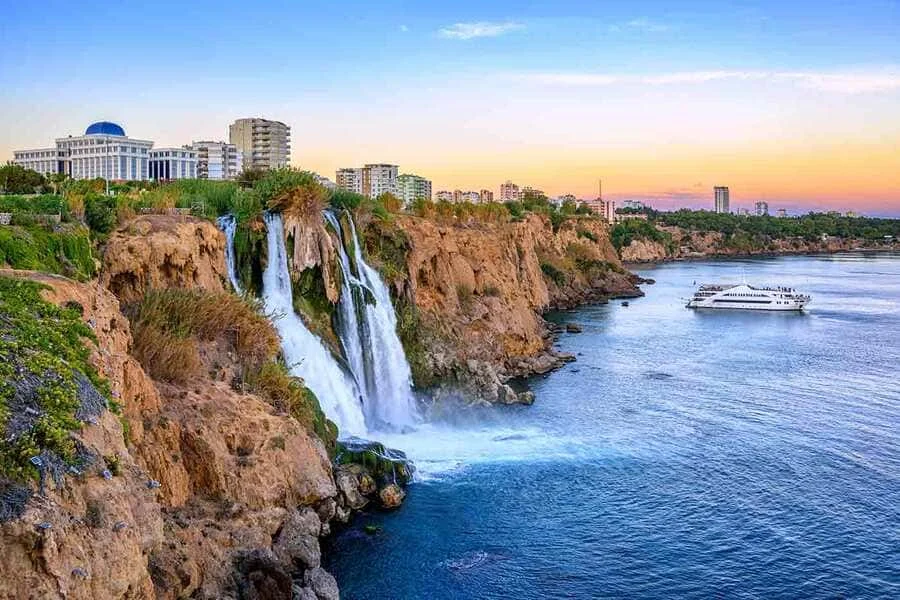

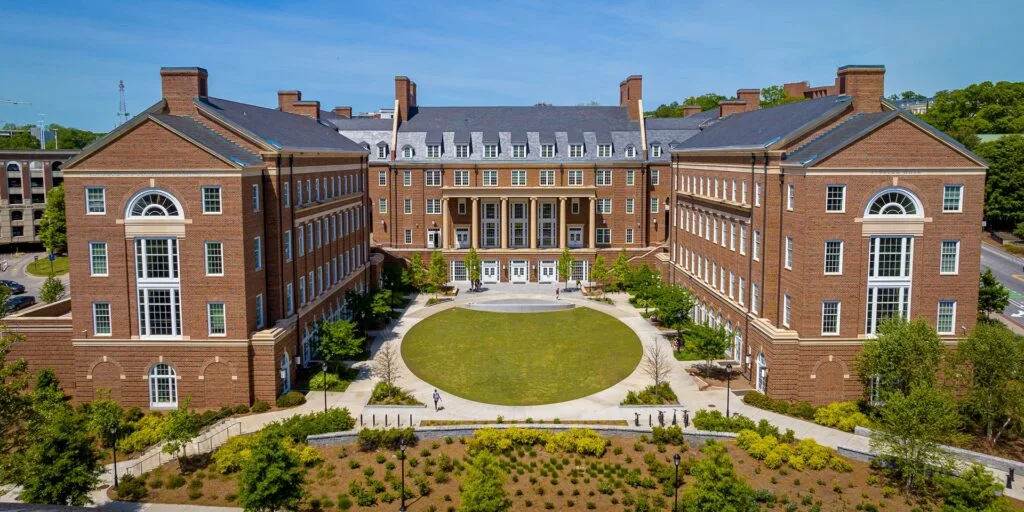



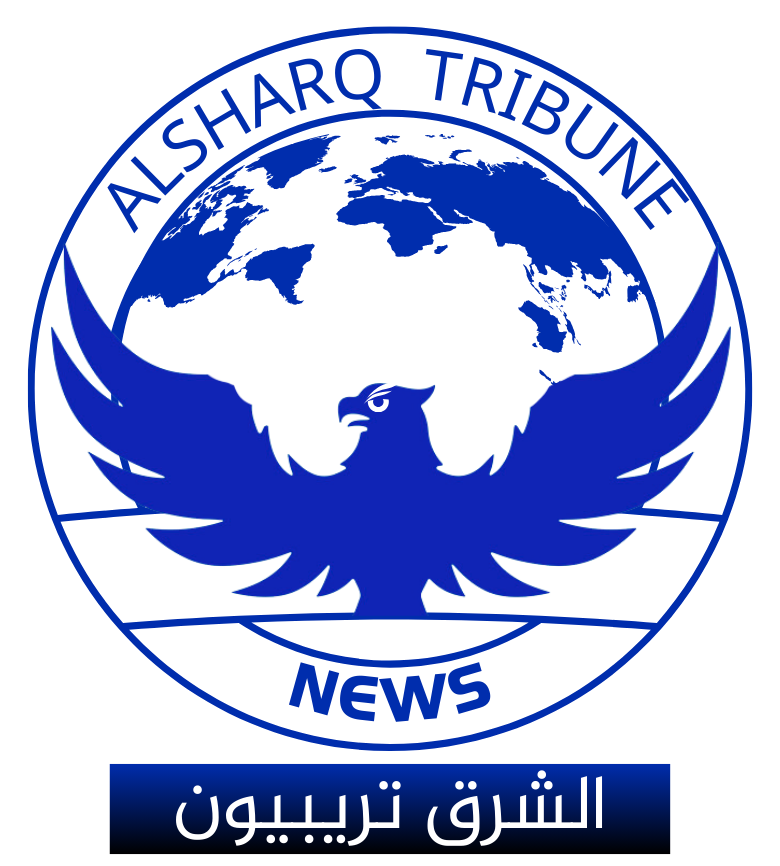.png?locale=en)
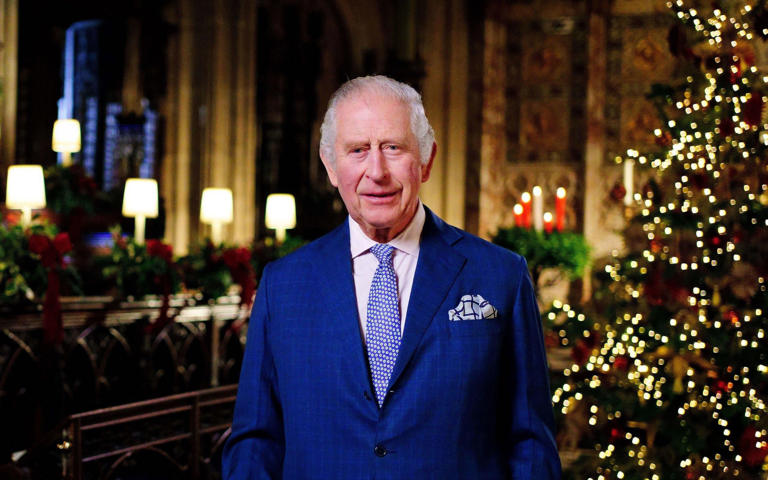
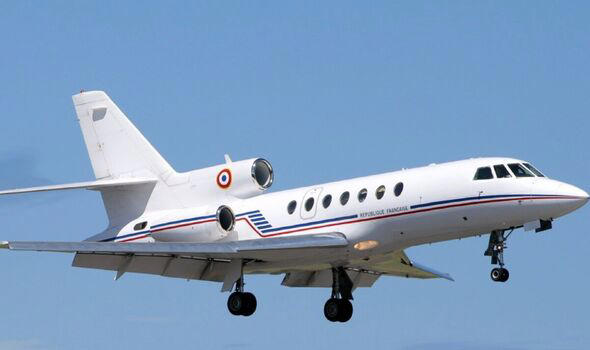

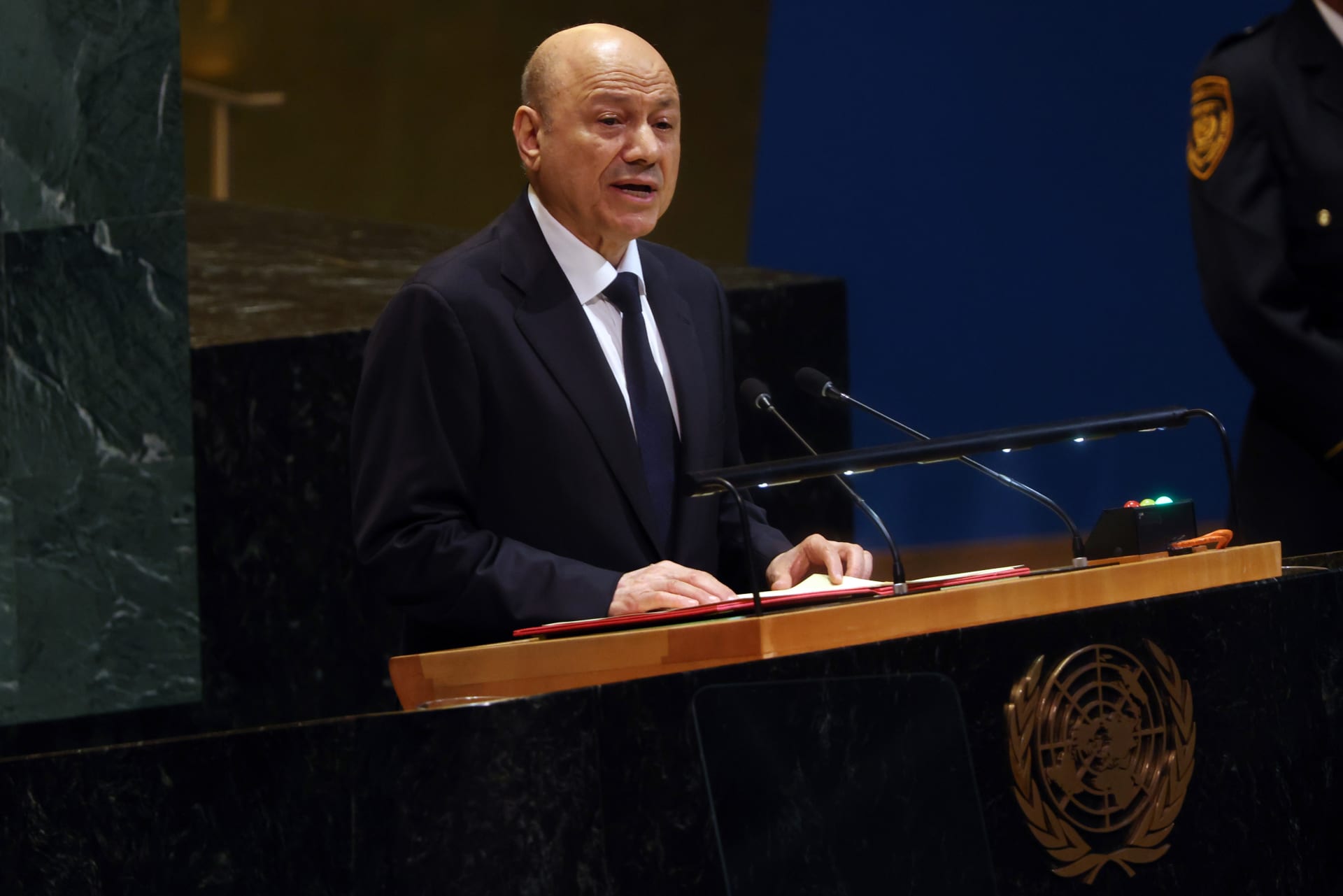
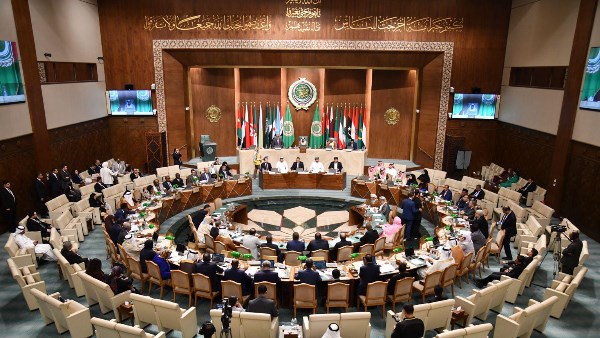
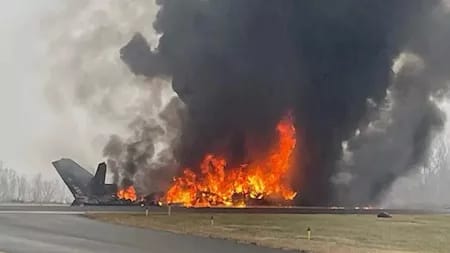
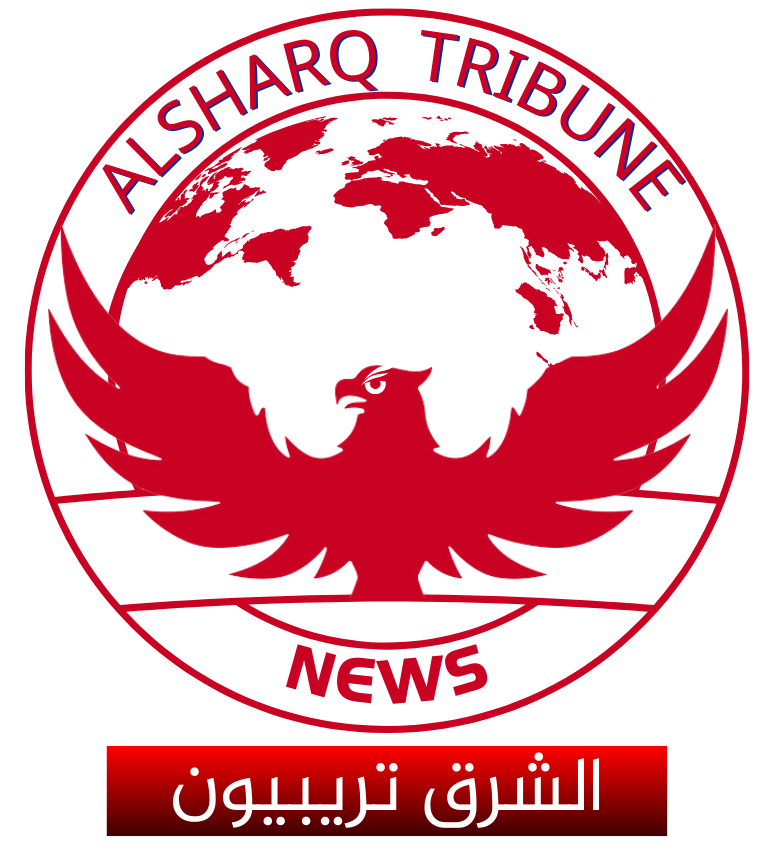
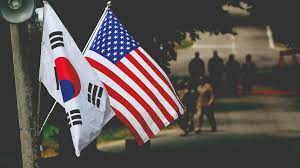.jpeg?locale=en)
